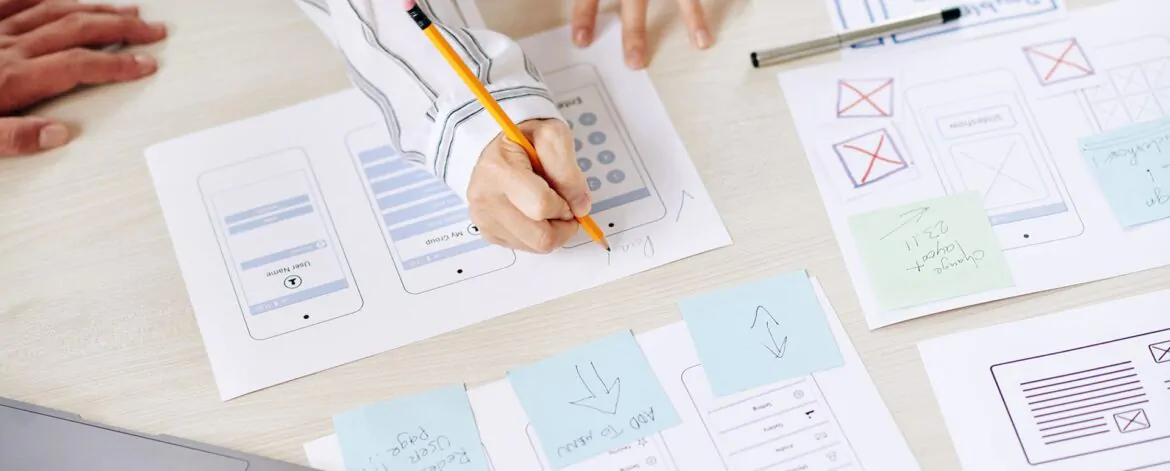This is the question which you ask yourself, “What am I trying to protect? a singular design, and appearance OR the function of an invention?” In certain circumstances, the inventor may try to protect the functionality of an invention in addition of its exclusive look, during which inventor can apply for both (Design and Utility) patents. A utility patent provides the protection on an invention’s processing or function – what the product/invention does, and the way it does it. A design patent protects the design of an item – and only the design, not any functions. If your invention doesn’t need a design patent, it likely needs a utility patent and if you’re uncertain of what variety of patent to use for, feel free to reach us and our customer service representative would be happy to assist you
In order to understand the difference between Design Patent and Utility Patent we need to fist understand what types patent are there and what are the pros and cons of them.
Types of patents
United States Patent and Trademark Office issues three types of patents which are as follows:
- Utility patent; protects the way an article is used and works (35 U.S.C. 101)
- Design patent; protects the way an article looks (35 U.S.C. 171)
- Plant patent
Basic differences between Design and Utility patents
Each of these patents be it design or utility cover different aspects of an invention.
Utility patent application protects functional features of the invention however Design patents protect the ornamental features like shapes and patterns of the invention. Plant patents protect asexually reproducing plants. Although, design and utility patents protect mutually exclusive aspects of the identical product, it protects different features of a product too. Typically, start-ups would have idea to boost a selected problem in an industry. This improvement is usually a functional improvement in the invention to makes something better, faster, cheaper, smoother, etc.
A full-on patent application for a utility patent covers the actual invention of a system or method to do something novel. It includes the following distinct sections:
- Description
- Diagrams
- References depicting a prior art search
- A set of claims
A design patent provides the protection on the esthetic design of a device. Design patents are fully well-defined with line drawings representing the device with 7 drawings/views: 3D/isometric, top, front, left, right, bottom, back. However, the number of views can be increased if the product consist of more than 1 embodiment. For example, an article is made up of 3 embodiments then the number of will be 3 (embodiments) X 7 (views) =21.
The content of the two types of patents also differs. A design patent consists primarily of drawings and little text other than brief descriptions of each drawing orientation and explanations of the drawing conventions used. A utility patent, on the other hand, routinely includes many columns of text that describe the various embodiments of an invention and ends with one or more claims that define the scope of the invention. A design patent has only one claim – a short characterization of the illustrated device
Once a working embodiment of the product had been built, the shapes of the prototype could also be protected by a design patent. Since design patents protect only what’s shown within the drawings or outer looks of the invention, it’s important to file the design patent application with the particular look of the invention because it is ultimately going to be sold in the market. If your product looks different from the look shown within the design patent application, you will have a product that’s not protected by the look patent which was speculated to protect the invention.
Below are some highlights that can help understand benefits to opt a Design Patent:
- Design patent applications historically have a better allowance rate than utility patent
- Design Patent is a low-cost patent and provides quicker protection of your design patent.
- Design patents applications are examined quicker than utility patent applications. rather than waiting 2 or 3 years for a utility application to be filed, design patents applications could also be examined and allowed within one year. Hence, you’ll be able to mark your product patented quicker
- In a Design Patent USPTO does not charge and additional fees post issuance of patent
- If the look is very important for the sale of invention, then the design patent operates optimally, as an example, design patents are great for exterior replacement parts where owners want the outside to seem just like the original (e.g. vehicle replacement parts).
If you’re considering patenting your invention, understanding the importance of patent drawings is crucial. Explore the unlocking role of patent drawing services for investors in our related blog.
We invite you to contact us with your patent questions at +1 215-948-5221 or info@thepatentdrawing.com.





